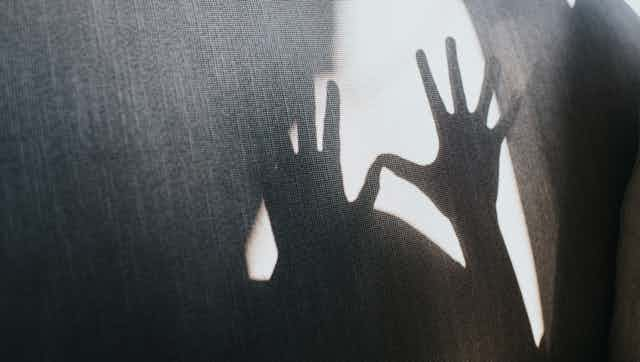In August 2021, a six-year-old grade one learner in South Africa was raped, allegedly by a general worker in her school’s toilet. Public shock and outrage at the ongoing onslaught against children has brought renewed attention to young girls’ particular vulnerability to sexual violence.
One in five children are victims of sexual abuse in South Africa, representing 19.8% compared to a global average of 18% for girls and 8% for boys. In the 2019/2020 Annual Crime Statistics report, more than 24,000 children were sexually assaulted in South Africa. Statistics are not readily available for schools and there is a great deal of under-reporting but it’s estimated that 22.2% of school children have been victims of violence.
Rape and other forms of violence in and around schools reflect a broader problem in the country. At a joint sitting of parliament on gender-based violence in 2019, President Cyril Ramaphosa described the crisis of sexual violence as brutal war against women and girls. But despite political and financial will to end the crisis, the problem remains widespread.
What’s behind this epidemic of sexual violence against children and what can be done about it?
In South Africa, the majority of rapes are committed by men. This points to gender dynamics and the masculine norms that are allowed to flourish within families, communities and the broader social and cultural context of the country. Men may be the problem, but they are part of the solution too.
What’s needed is to start early to invest in boys’ and girls’ capacities to transform the norms which give rise to sexual entitlement and rape. This must happen in families, communities, through the media and online technologies and in schools. We have to alter the strong ideological grip that shapes male power based on subordination of others. Not all men rape and not all men are violent. The key is to address gender inequalities across institutions offering new ideals based on the potential to be different and peaceable.
Gender inequalities at school
By the time boys and girls start school, they have already learnt that men and women do not enjoy equal status in society. Prevalent cultural practices combine with patriarchy to produce a version of male power based on sexual entitlement, misogyny and violence which limits girls’ agency.
A recently published book that I co-edited, Gender, Sexuality and Violence in South African Educational Spaces, highlights evidence of the everyday struggles of boys and girls. It examines the ways in which gender and sexuality give rise to difference, inequalities and violence. Boys and girls learn that men are often the heads of households or provide financial support. Even in the absence of men from families, male power remains a cultural ideal.
In this gendered system of power, girls and “weaker” boys are often targeted through emotional, physical, sexual, and verbal forms of violence. While boys and girls are both perpetrators and victims of violence, we found that there are huge gender disparities in the experience of violence, making schools very unsafe for girls.
This is not to say all boys and girls passively accept their circumstances. They often fight back and resist. But they need support from a young age to stop the violence. And schools play a role in this intervention.
Schools also reinforce these inequalities.
Read more: Why girls continue to experience violence at South African schools
The violence comes in many forms in a culture that values girls less than boys. In previous research, girls told me they experienced everyday sexual harassment in the classroom, in the playground and in the school corridors and toilets. Groping, fondling, touching body parts in sexualised ways, cat-calling, slut-shaming and coercive sexual practices are part of the rape culture at school. Girls experience violence from boys and are vulnerable to the sexual advances of male teachers.
Reporting sexual violence in schools
Between April 2020 and July 2021, more than 160 cases of sexual misconduct perpetrated by male teachers were reported to the South African Council for Educators. When sexual violence is reported in schools, evidence suggests that teachers themselves are afraid to pursue the matter. Their fears stem from threats of violence from members of the community.
The mandatory requirement that adults must report sexual violence to the police remains problematic as a direct consequence of intimidation and fear of reprisals. Sexual violence remains under-reported and under-studied.
Facing the issue
Schools are in a contradictory position. On the one hand cases highlight how unsafe schools are and how detached the schooling experience is from the quest for gender equality. But schools are also spaces to allow for the development of critical capacities where people should learn new ways of doing things.
What if schools and teachers were able to address sexual violence from the time children started school, instead of regarding these issues as not part of teachers’ work?
At the heart of the issue for boys, girls and teachers is to confront, from a very young age, the question of sex, sexuality and gender. Reflecting on dominant patterns could begin to change them at school and in life generally. To see children as victims without the capacity to act on their circumstances is to fail them. If teachers can talk about sex to young children in ways that bring attention to its ties to gender and violence, it might give children confidence to report instances of sexual violence and rape.
Approaching the problem requires an understanding of the complex entanglements between the personal, the social and the political context. A quest for gender equality and an end to sexual violence takes determined collaborative effort to bring different institutions together.

